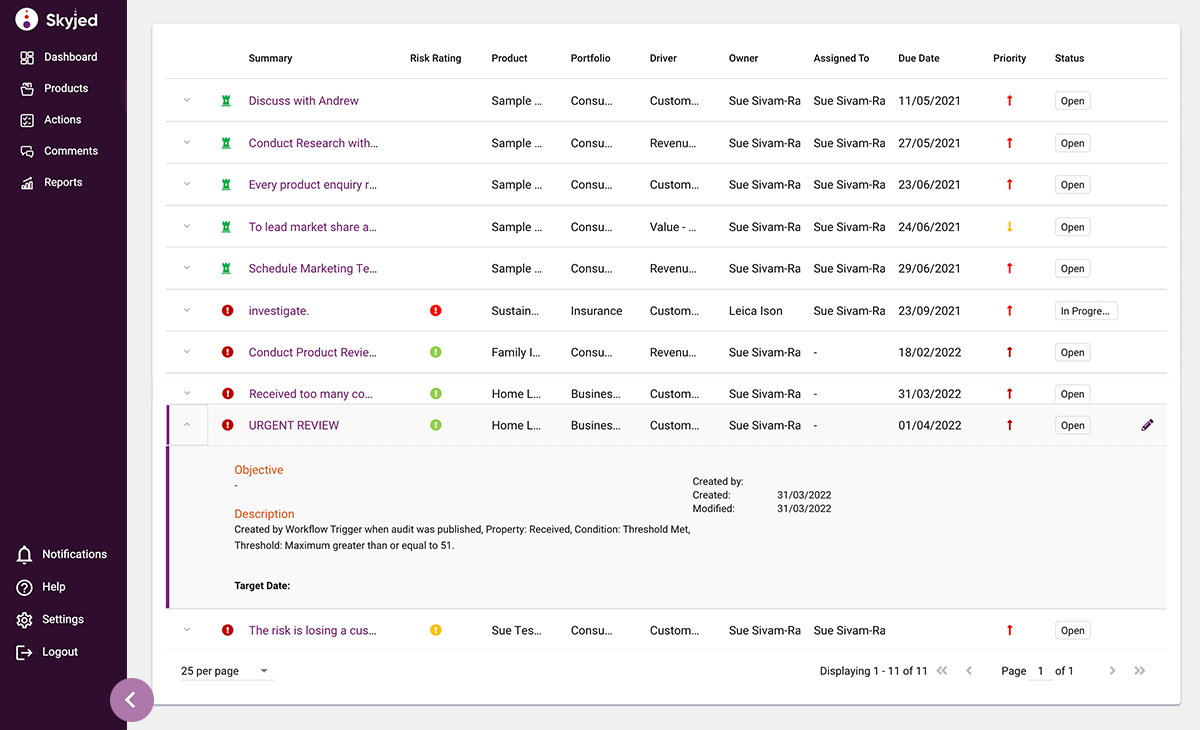Firefighting in Product Management
by Helen Tsaganos

The average product manager spends 52%* of their time firefighting, problem resolution, or issue resolution. This equates to about 2.5 days of your working week spent putting out fires and troubleshooting.
Firefighting unexpected problems or issues takes product managers away from spending time on strategic activities, instead, they are spending too much time focusing on resolving problems that may be a result of systemic issues.
The impact is that planned work is often rushed, delayed, or does not get the quality attention it needs. The bottom line, there is too much time spent firefighting. Product leaders and product managers as a collective need to make incremental changes to reduce the time spent on firefighting, problem resolution, or issue resolution. The benefits of such reduction will flow onto you, the customer, the product or service, the organisation, and your teams.
Here are my top five tips to help you reduce the time spent on firefighting.
- Develop firefighting techniques
- Identify the root cause
- Establish a routine to minimise disruptions
- Focus on prevention
- Assign accountability
Develop Firefighting techniques
Work with your team and stakeholders to develop specific “firefighting working principles or values”. Having an honest discussion with all product leaders, product managers, and stakeholders involved in a product’s or customer journey can really help everyone stay aligned on the core principles a team can endeavour to work to when issues arise.
Often, we have aligned strategic objectives and principles and defined design principles or key objectives, but we don’t as a team agree on working principles for firefighting.
Principles can include timeframes, processes, key contacts and owners, and communication methods and can be as broad or as specific as the team collectively agree. Try developing the principles together as part of a team exercise with all stakeholders involved in the products or customer’s journey.
You may be surprised at the pleasant outcomes this exercise delivers. It can be quite inspiring and liberating for all involved, especially the product manager. At the very least it does help build more unity and solidity within the team when problems arise, as the team is more acutely aware of the principles, they have all developed and trying to work to.
Identify the root cause
Make the time to identify the root cause. If this is not possible at the time, make it a priority and be disciplined to do it as soon as practical. In most cases, the act of firefighting will result in short-term or temporary actions to “patch up” the core problem at hand.
This is due to either time pressures or not having all the information at hand at the time to get to the root cause. Often the immediate action is to ensure customers are not impacted for too long. You have a short window of time to communicate with customers.
In my experience, issues or problems often arise due to some process breakdown. Depending on the core issue at hand, some product managers may feel this does or does not necessarily sit with them to own and resolve permanently as the business unit that owns the process sits elsewhere in the organisation and has overarching carriage.
Arguably, some product managers may think like this, but I don’t think it always helps you or the product and customer experience to have this perspective. Personally, I see the role of the product manager as the custodian, the guardian, and defender of your customers and product across the entire journey.
Hence if there is some process or solution failure at any touchpoint of the journey whilst you may not own the process or solution are a key leader and need to pull together the team to resolve it with the right stakeholders or business owners initially. If you can only implement a short-term solution at the time the problem arises, make sure you set a reminder to follow through and permanently resolve the issue as a top priority. It will pay off in the long run.
Make the time. Get the right team together, organise discussions in the diary, obtain as much information and data and be methodical about identifying the root cause and implementing solutions to solve it for good.
I know this may not always work but imagine, even if you could solve half of the issues you are presented with over time then this will make a difference to customers, you and the organisation, and the team members you work with.
Establish routine to minimise disruptions
Our workday as a product managers can often feel like a series of constant interruptions. Often there is a multitude of requests coming at you – emails, slack, teams’ chats, phone calls, and online meetings with many discussions and actions in the mix.
The challenge is working through this and focussing on the most important tasks every day. I am sure all of you will resonate where often you may be interrupted, or you receive an urgent email request or message for some assistance due to some issue and you want to help because first, it won’t take that long but also because you are the product manager.
That won’t take too long can often take a good chunk of your day. My advice is to consider having times of the day completely blocked out for no interruption of work so book a meeting in your calendar or even a few with yourself and focus on the important tasks during this time.
This means you can still have time for firefighting but on your terms. Providing time for immediate firefighting should be the exception than the rule in most cases.
Focus on prevention
Build knowledge, expertise, and risk mitigation as much as possible. Where possible, prevention is much better. Sharing and building knowledge in a team provides all with more power to be more effective in their roles, especially problem resolution.
In some cases, firefighting is due to a process or system breakdown but in many other scenarios, it could be due to training or knowledge shortfalls or mitigation strategies not being in place hence people always come to the product manager. Make it a point of building knowledge as much as possible and developing risk mitigation strategies that are effective if certain problems arise.
It can be difficult to share information if team members leave or are away. Ensure you have a collaborative platform that maintains all your documents and information. Record your information on a platform that is accessible to current and incoming team members anytime and from anywhere. A cloud-hosted platform like Skyjed is your one source of product truth, accessible anywhere and by the team members, you give access to. The correct and latest documents are available with the click of a button, there is no second-guessing about which one is the most current.
Assign accountability
Make the long-term solution part of someone else’s job and accountability. Build the team to collectively own parts of the journey. As a product manager, you are the lead to drive changes in the business which involves introducing new ways of working or processes for a new product or service. A key part of this should be to find permanent solutions and accountabilities for things that are new.
Often, we may feel and enjoy the importance of being the key person to solving a problem but if we always feel the need to take this role, we won’t ever be part of a working team that collectively owns parts of the journey.
Yes, you are the guardian of the overall journey but that does not mean you own all aspects of the end-to-end delivery and performance. You need a team to do this, with the right tool by their side. Think Skyjed’s Actions Management feature (see image below).

Skyjed has Actions and Comments functionality built into the platform to manage growth, remediation, and risk management actions. You can assign actions to any of your team members and once assigned, Skyjed’s Notification engine will notify the person who is assigned the action. It will notify the Action Assignor when the action has been completed when it’s approaching its due date, and any other engagement made towards that Action. All actions and comments are managed within the platform so they automatically become part of the history of the product. This removes the need to search through endless email trails.
About Skyjed
Skyjed is an all-in-one lifecycle management and product governance SaaS solution that helps you manage your products from launch, sunset to exit.
*2021, "Product Management Industry Survey", Product Focus, Accessed 4th of April 2022.



